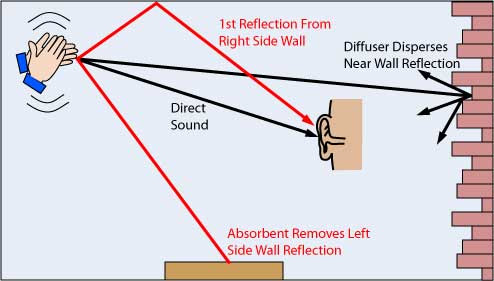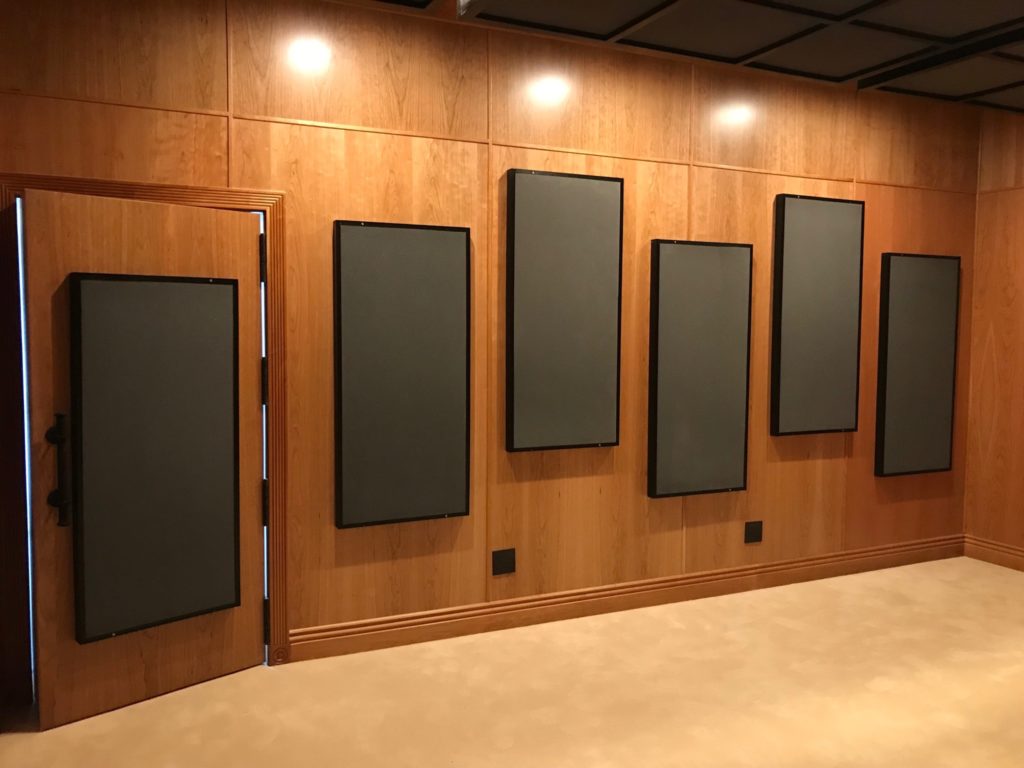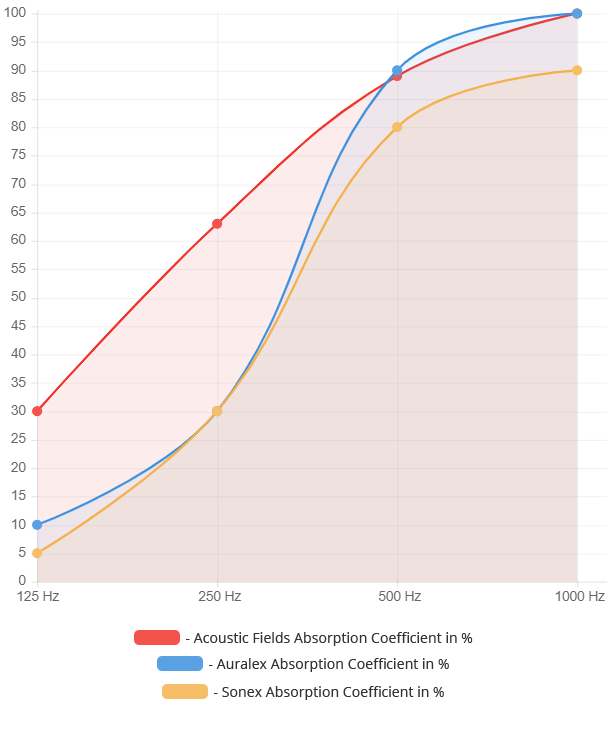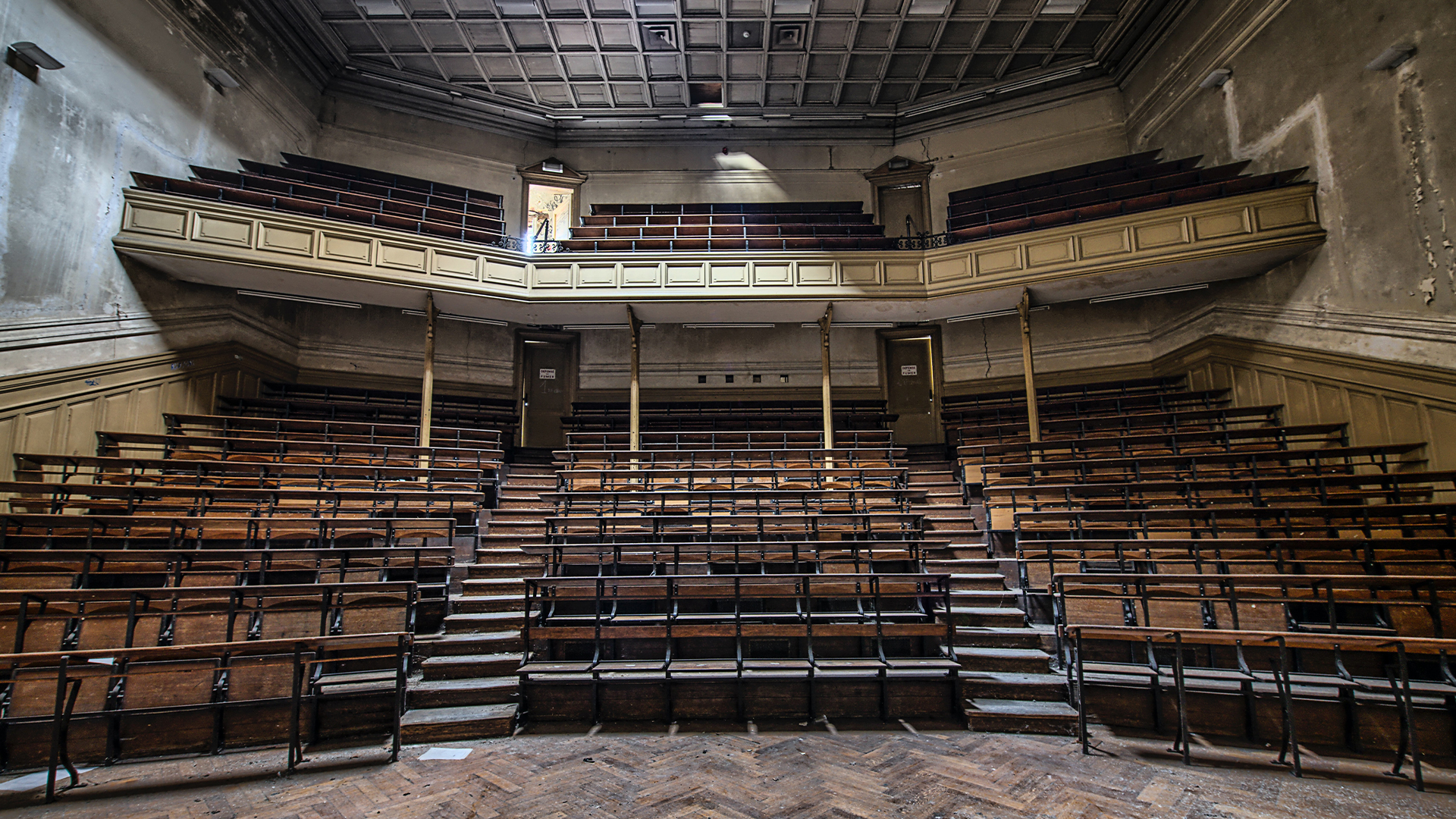How to eliminate echos in rooms is not the correct question to ask. We must first quantify and qualify the issues. Rooms do not have echoes. They have higher reverberation times than are required for the chosen usage. Reverberation is the summation of all the reflections from the walls, floor, and ceiling. The echo involves a repeating signal of a certain frequency over time which is produced by longer distances than are found in today’s rooms. Reverberation is the summation of all the reflections from the room surfaces This summation of reflections is termed Rt-60. Most rooms that are used for music and voice have a range of Rt-60 times they work best within. The goal is to reduce the amplitude or strength of the reflections from the wall surfaces in order to lower the Rt-60 into the acceptable range of times. We must always look at the intended usage of the room to determine the correct Rt-60 range.
Echo vs. Reverberation: https://www.sonic-shield.com/echo-vs-reverberation
Rt-60 Reverberation Times
When we are discussing reverberation times, we use a term called Rt-60. It is referred to as Rt-60 times. It is a measurement of energy and its decay rate. Once a sound is created by a speaker or any noise source within our rooms, it enters our rooms and then begins to die. How long it lasts within our room is determined by many variables. How large the room is and how much energy the sound source creates are the main two. The Rt-60 time is how long it takes in seconds for that energy to decay or reduce in strength 60 dB SPL. Every frequency within our room could have a different decay rate. The Rt-60 time takes all frequencies into consideration and averages the frequency range decay times. In most venues, we look for Rt-60 times of between 1 and 2 seconds.
Room Reflections
Every room usage has reflections from its surfaces to deal with. Reflections are a form of room distortion. They prevent us from hearing speech and music. The reflections interfere with the direct sound from our speakers, voices, or whatever source we are using within the room. The question of how to eliminate echos in rooms is really a question on how to lower reverberation times within our rooms. Since the reflections come from the six surfaces within our room, we must treat those surface areas with the correct type, amount, and position (TAP) of that treatment. We have the floor, ceiling, sidewalls, along with the front and rear walls. These are the surface areas that are causing reverberation issues within our rooms. They are the cause and the solution is the correct treatment type. Our choices are absorption or diffusion or a combination of both types.
Reverberation: https://www.dictionary.com/browse/reverberation
Absorption
The energy from the sources within our rooms leaves the source and then heads straight for the walls, floor, and ceiling. We can cover the floor with carpet or people. Both will absorb energy. Every human absorbs the same amount of energy as 12 sq.ft. of 1/2″ thick carpet with pad. In churches, if we have enough people sitting in the congregation, we can absorb the reflections that are coming from the floor with people. We can now turn our attention to the walls and ceiling areas. Remember that our goal is not how to eliminate echos in rooms, but to reduce reverberation times from the reflections off all the room boundary surfaces. Since our people in the congregation are absorbing the reflected energy from the floor, we can use sound absorption technology on our walls and ceiling. For the walls, we must use sound-absorbing technology. Of all the sound-absorbing technologies, open-celled foam is the most economical and cost-effective.

Open Celled Foam Vs. Closed Cell
There are two main types of foam. It is open-celled and then there is a closed-cell. Obviously, their names give away their construction methodology. Closed cells you sit on. They are the foam in your pillows, couch cushions, and car seats. Open celled foam is for sound absorption applications. The open-celled foam absorbs middle and high frequencies greater than 125″ for a 2″ thick piece of foam. Not all foams are created equal. Some are designed for noise and absorb as much energy per square foot as possible. This is 89% of the foams in the marketplace. That is why rooms that use this treatment type for music and voice sound “dead”. Music and voice are different than noise. Music and voice require special rates and levels of absorption. Once you over absorb voice and music it is gone forever.

Rate And Level
Wit music and voice absorption it is all about rate and level of absorption. You must absorb all octave bands in a linear manner not taking too much energy from any octave bands. You must get the 125 Hz. – 250 Hz. region absorbed correctly. This frequency range is the foundation on which all other harmonics are built upon. You must then have a smooth transition from the 250 – 500 cycle range. This linearity in absorption must continue on up and on through 500 Hz. Voice and music are all about consistency and smoothness when it comes to absorption management. You must start at 100 – 125 Hz. and then move smoothly and linearly up through the frequency range. Our foam took us 8 years to develop at a cost of 2,000,000.00. It is the finest open-celled foam in the market place.

Studio Pro Foam: https://www.acousticfields.com/product/acoustic-foam/
Economics
When we are addressing the improperly asked question on how to eliminate echos in rooms we now know we need to lower reverberation times (Rt-60). We accomplish this goal by looking at the usage of the room, the room size and volume along with the pressure areas within the room. We then calculate an Rt-60 number and compare it to what the room size and usage requires. For reverberation time management it is all about square footage of coverage. You need so much square footage of a material type with the correct rate and level of absorption for music and voice. Open-celled foam is an economical material type to achieve Rt-60 time goals.
About Us At Acoustic Fields: https://www.acousticfields.com/about/







